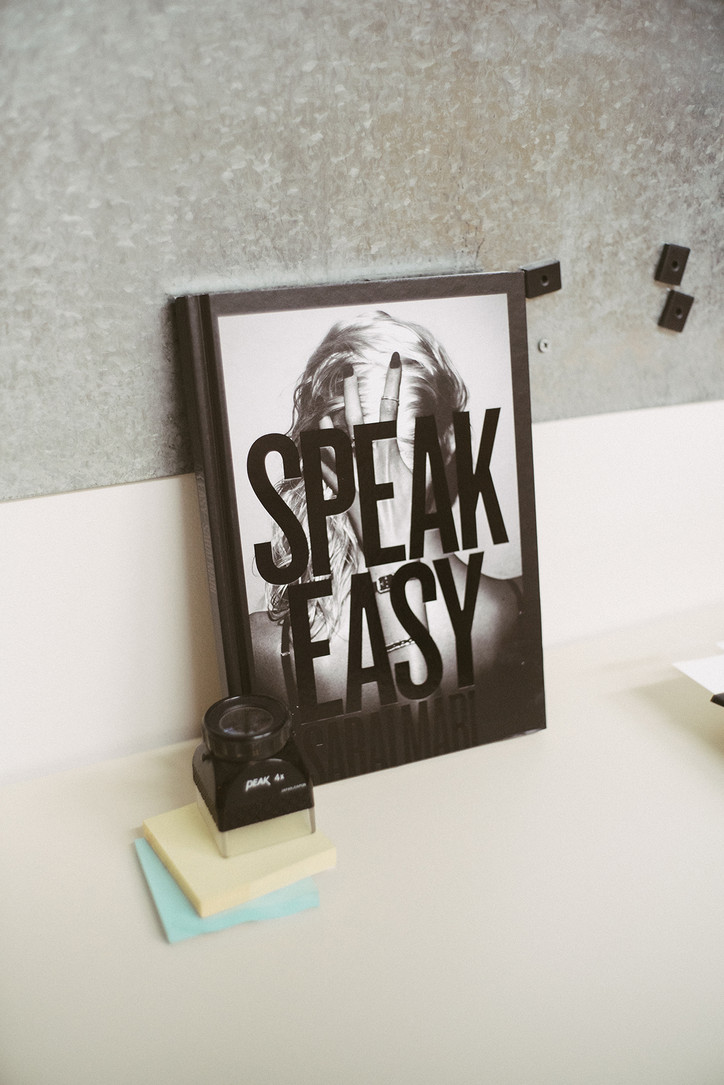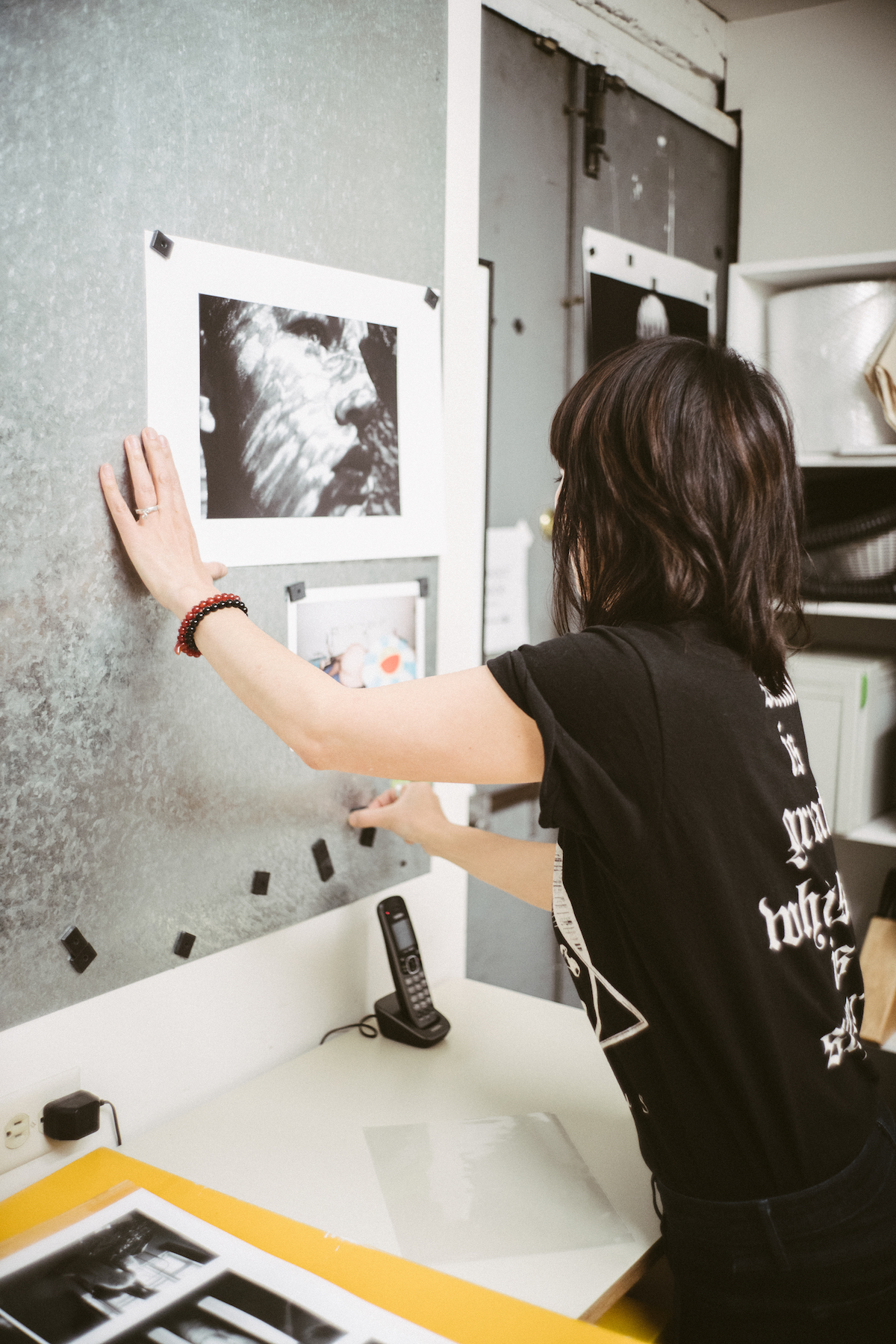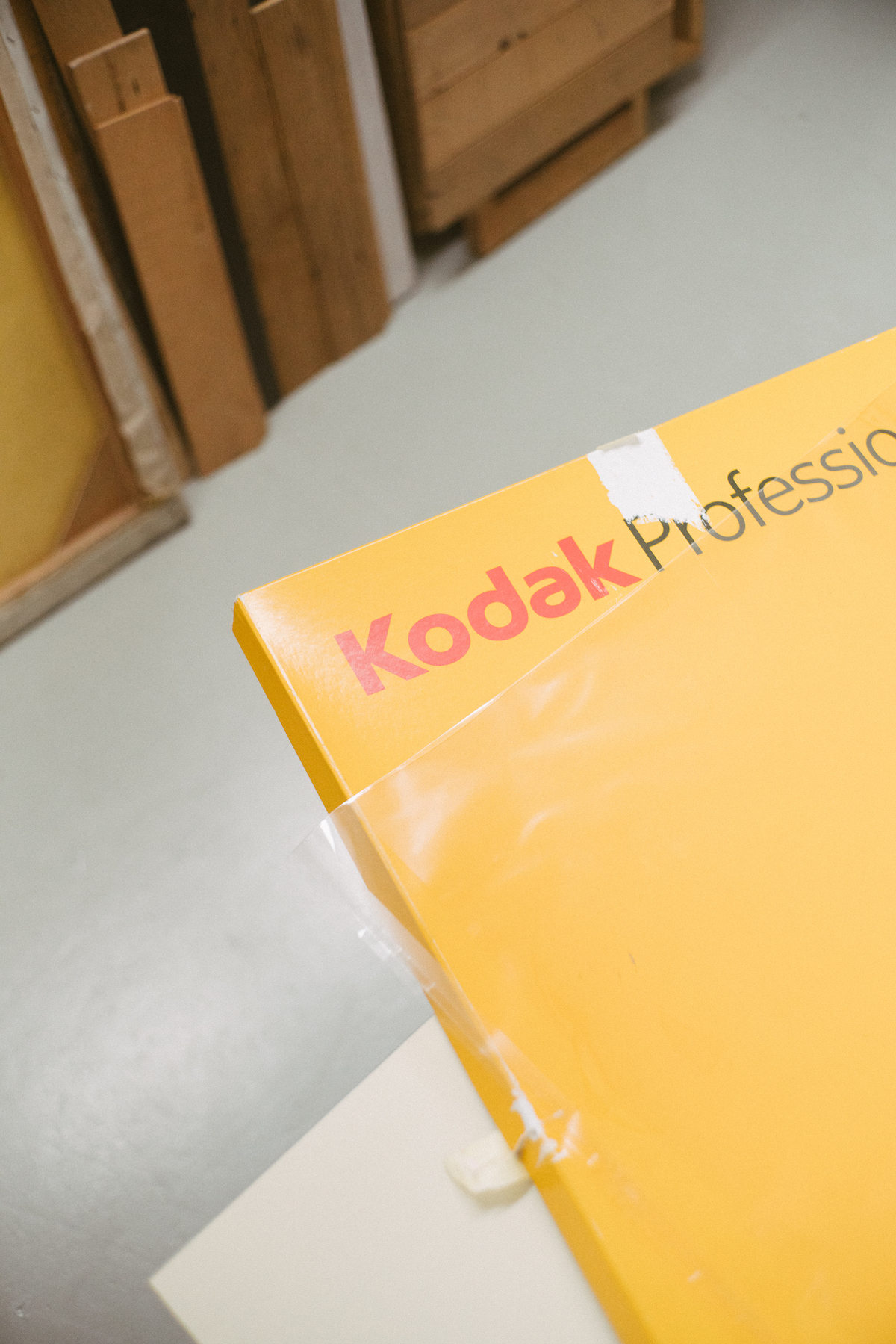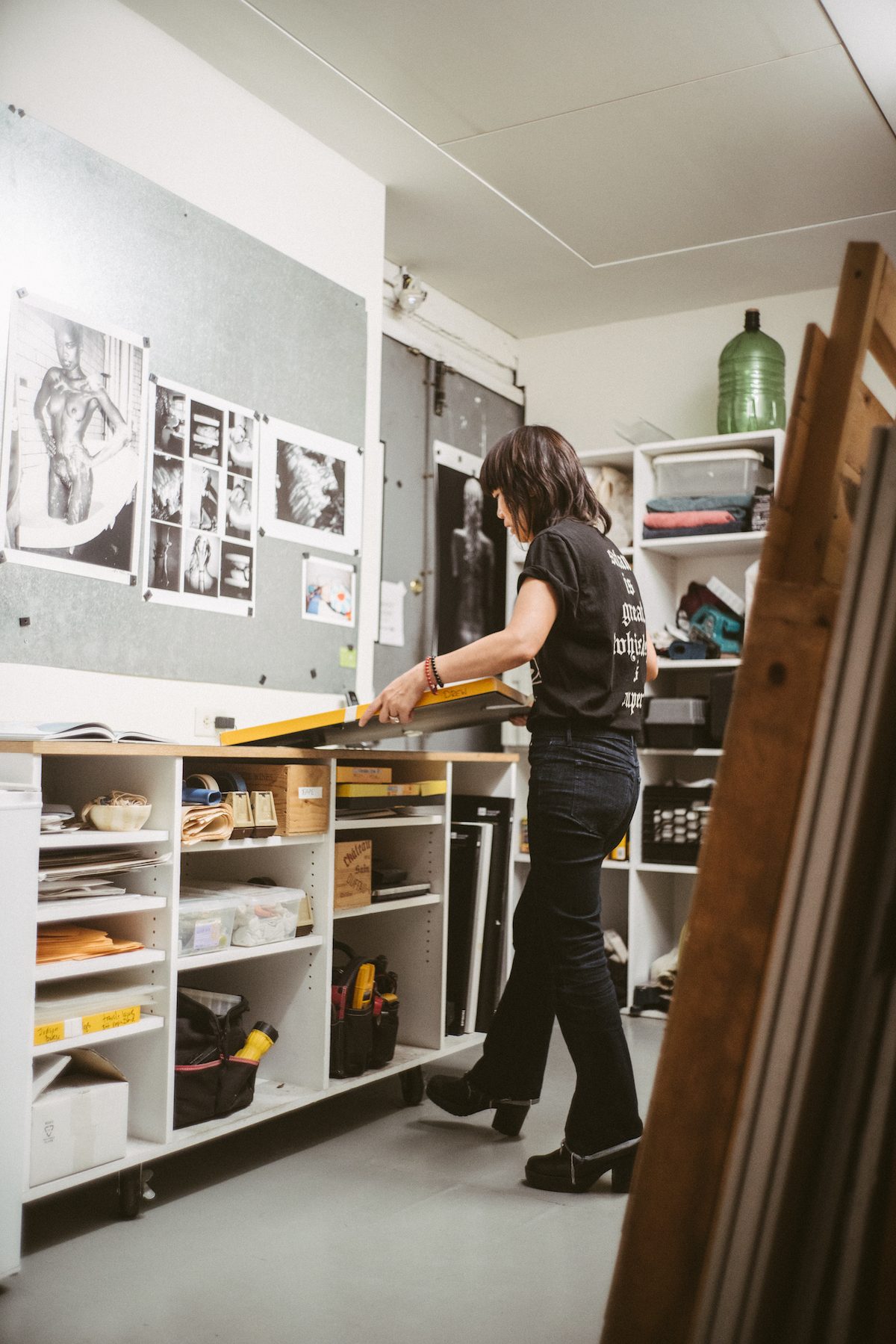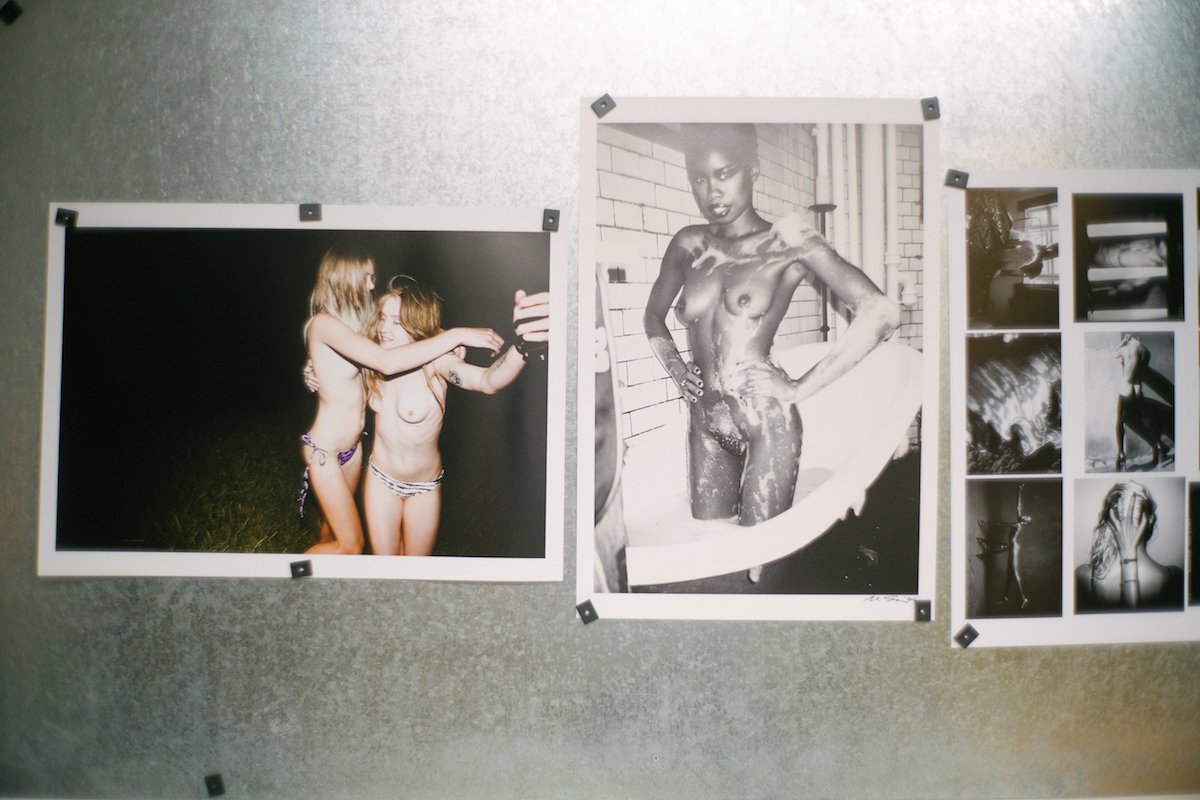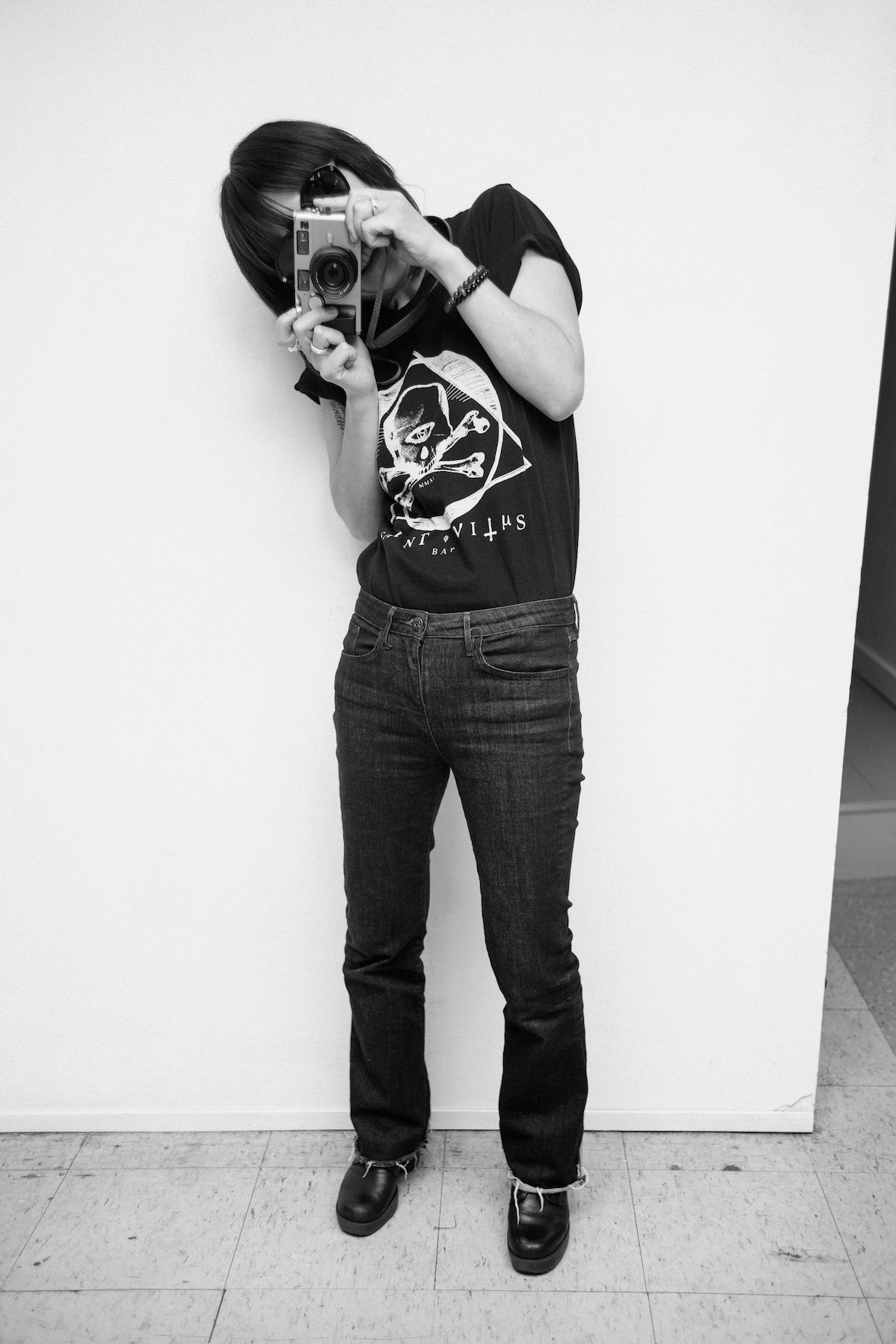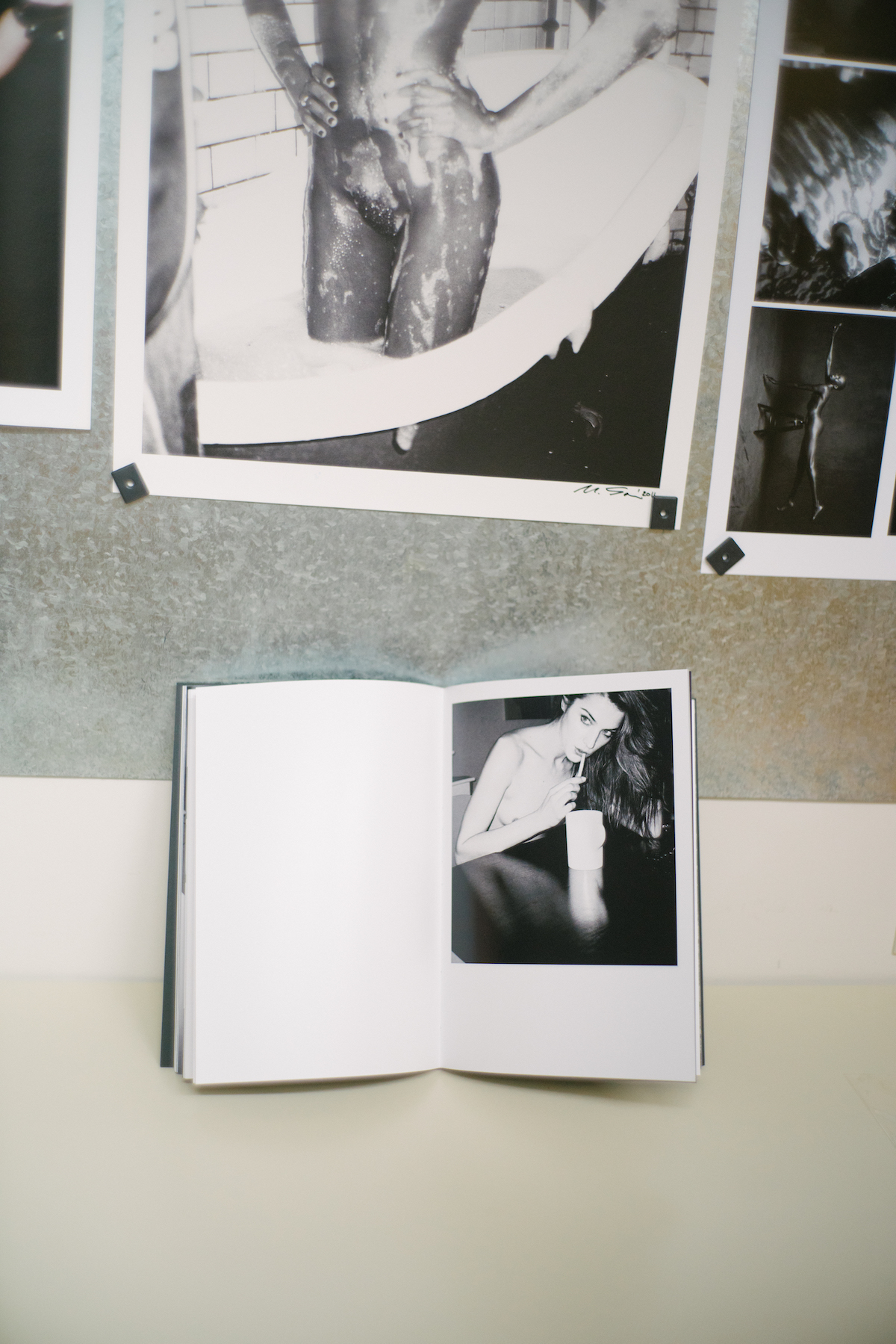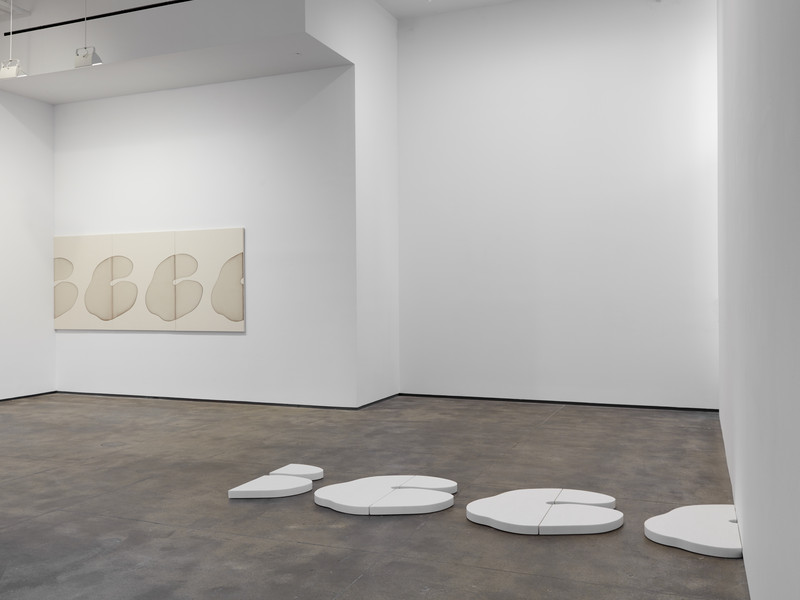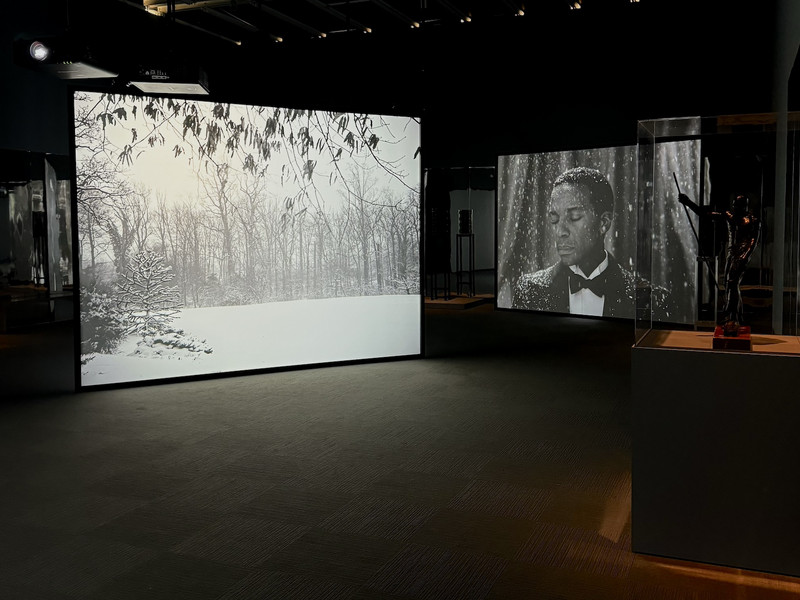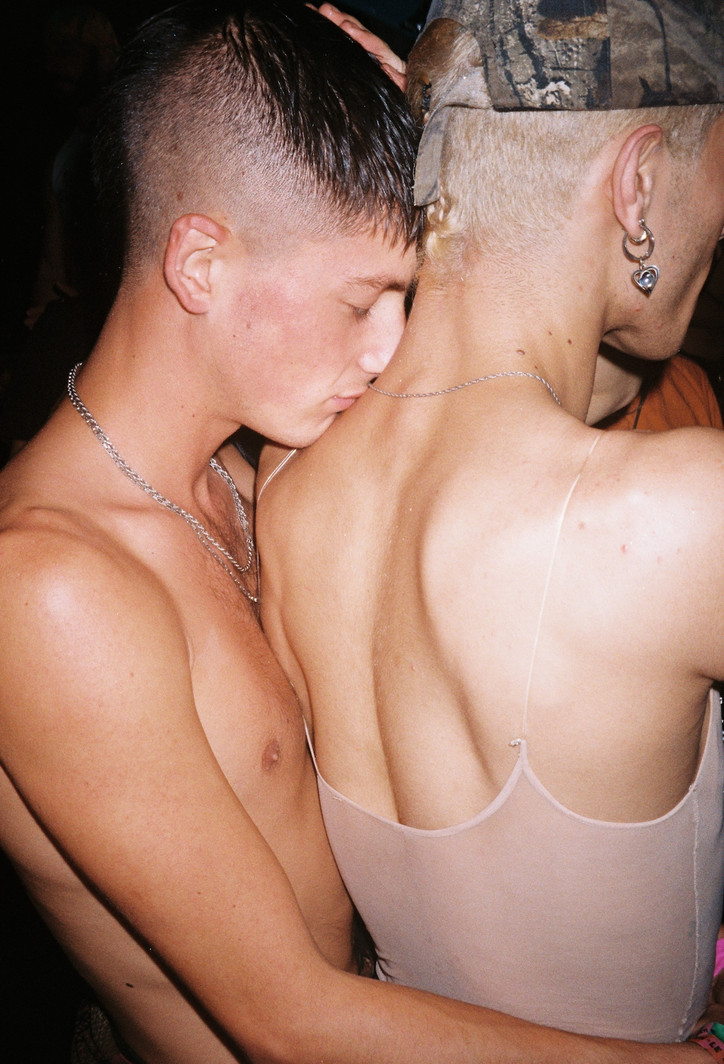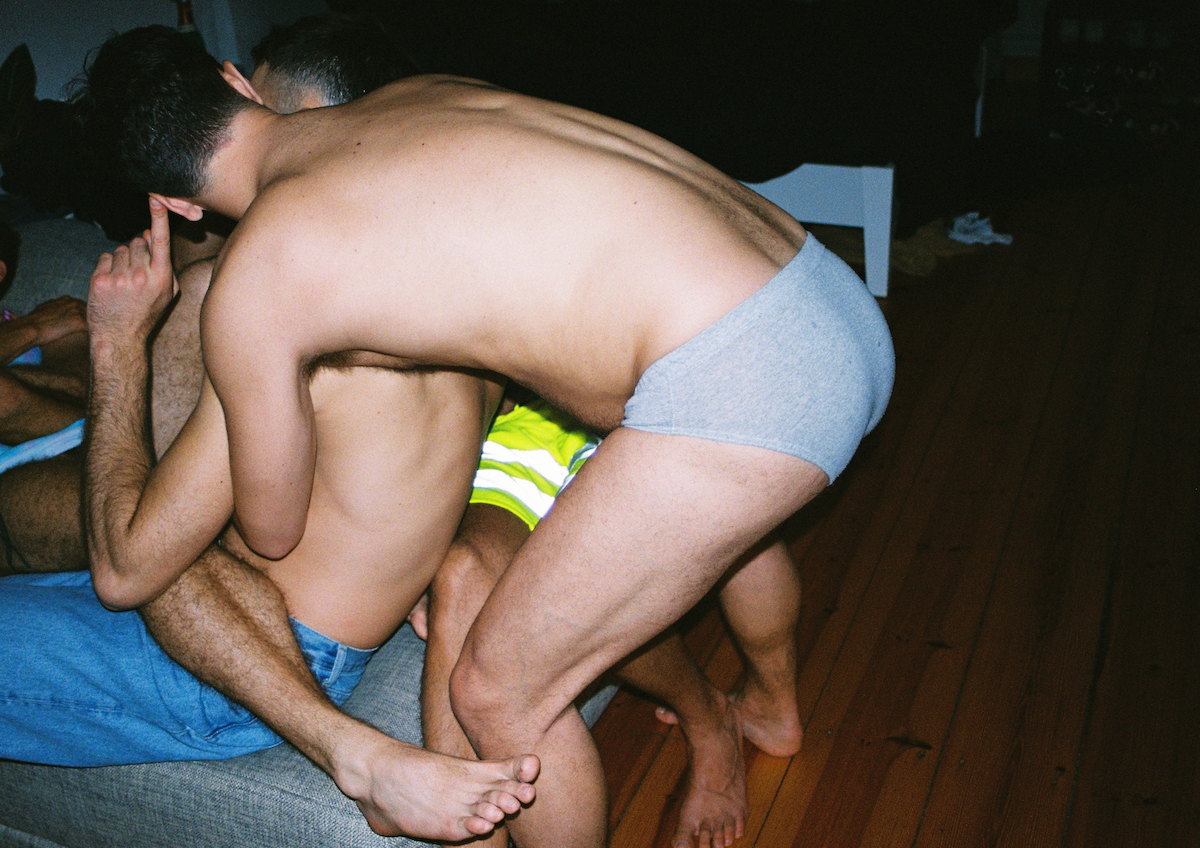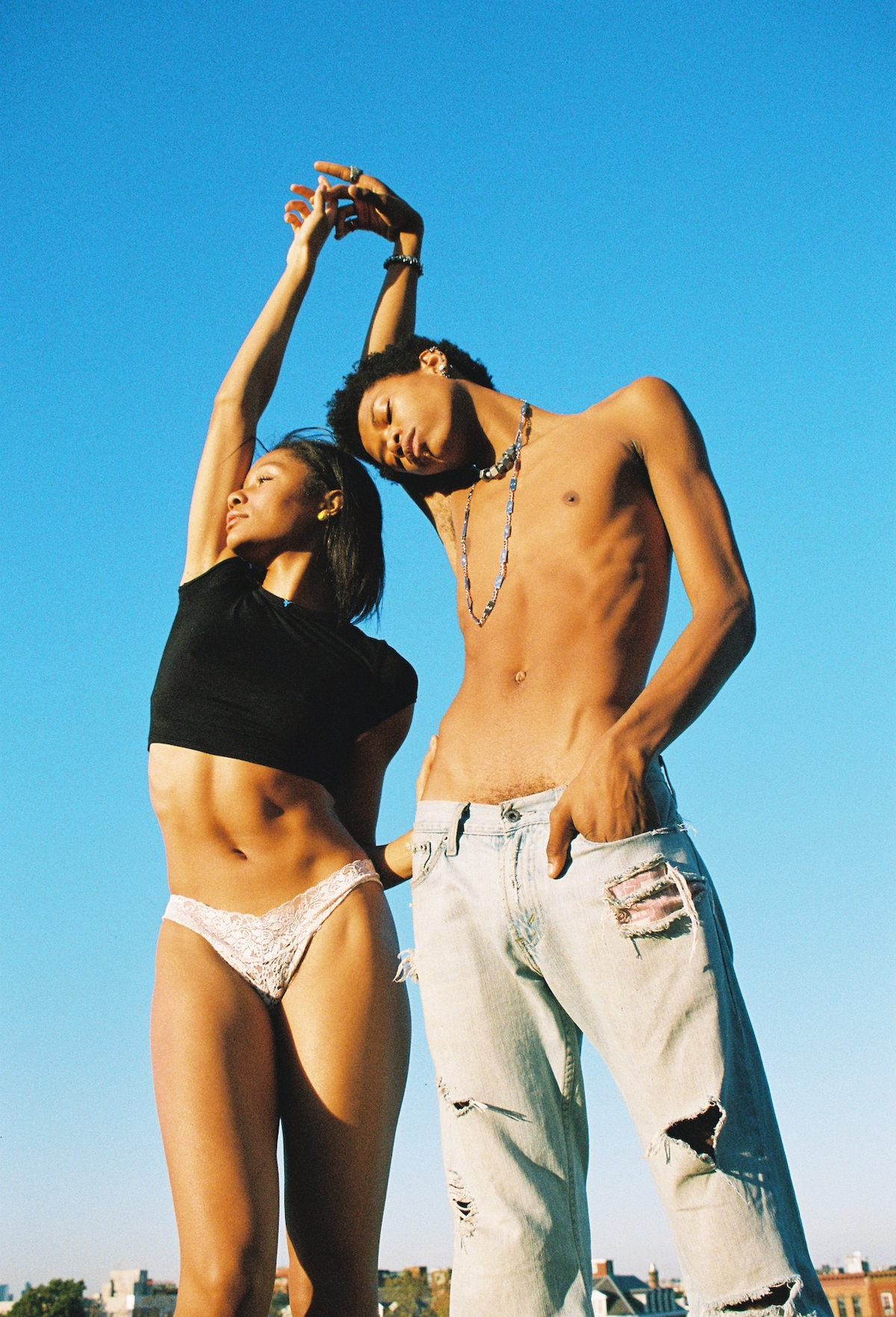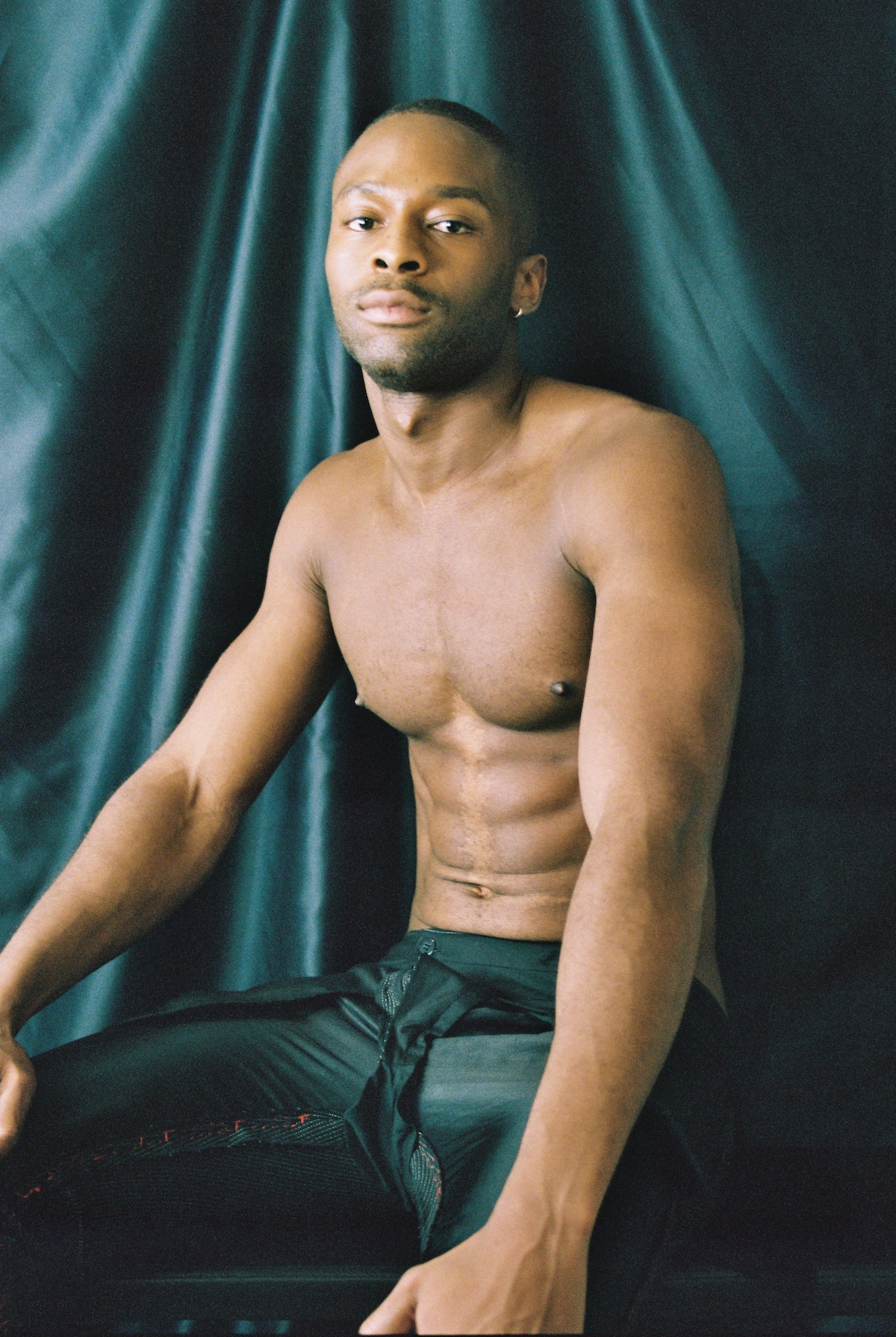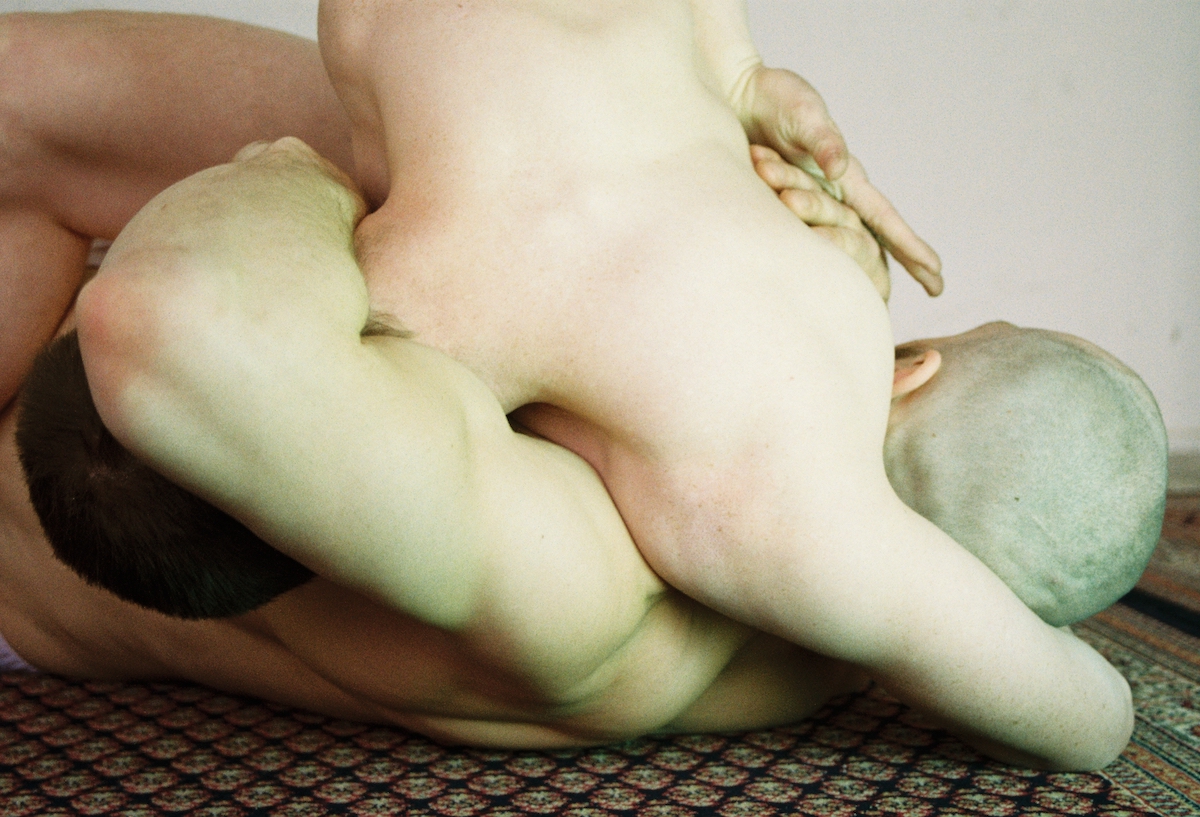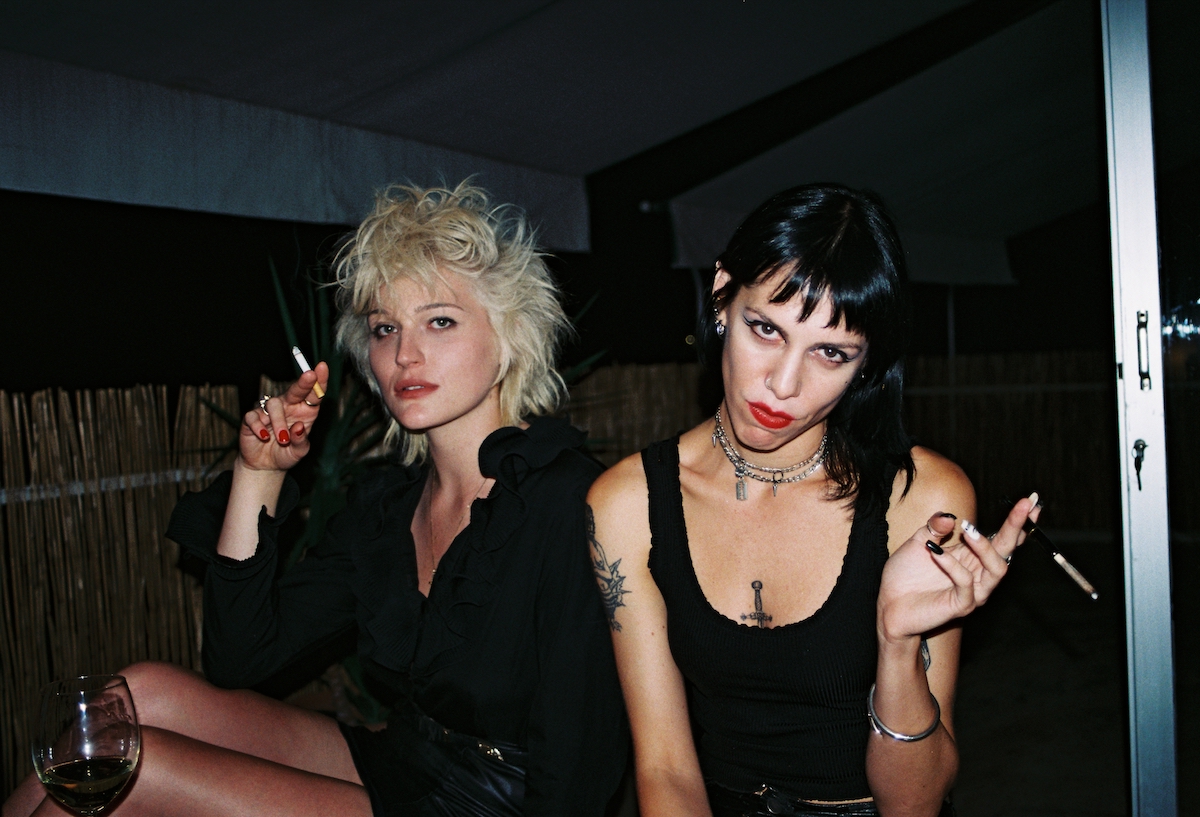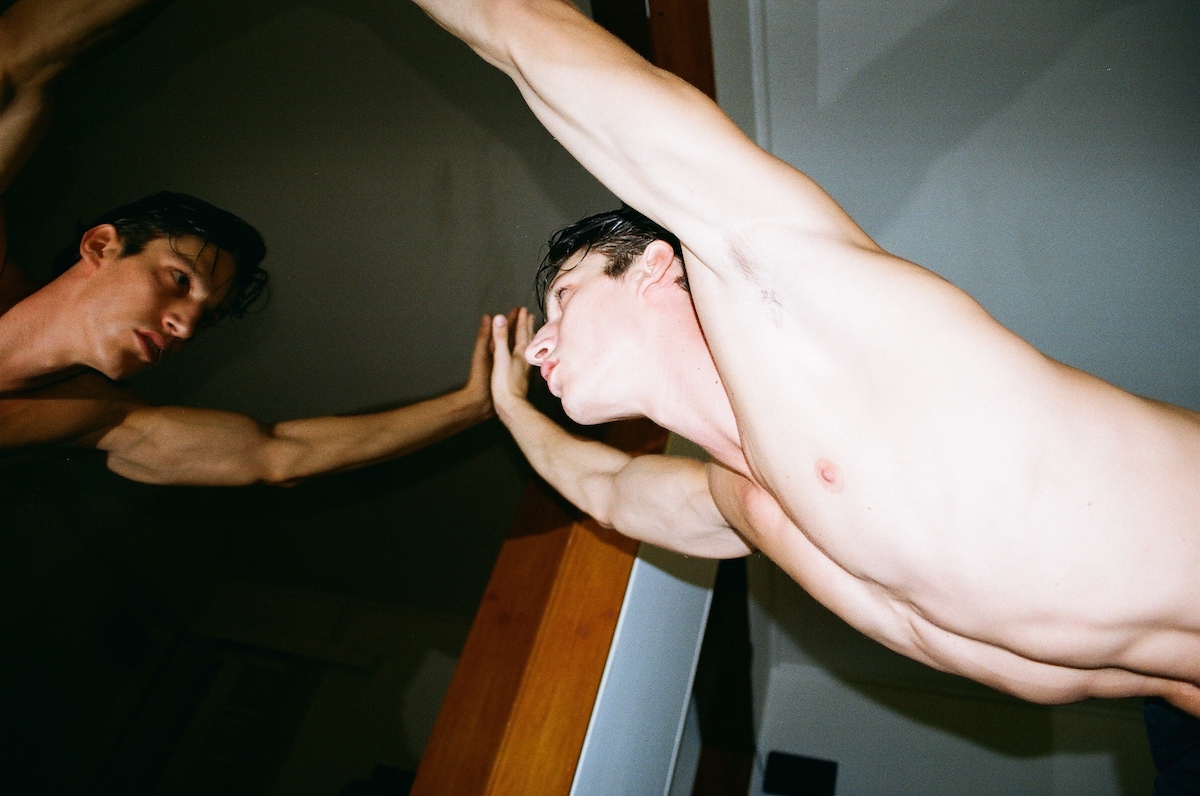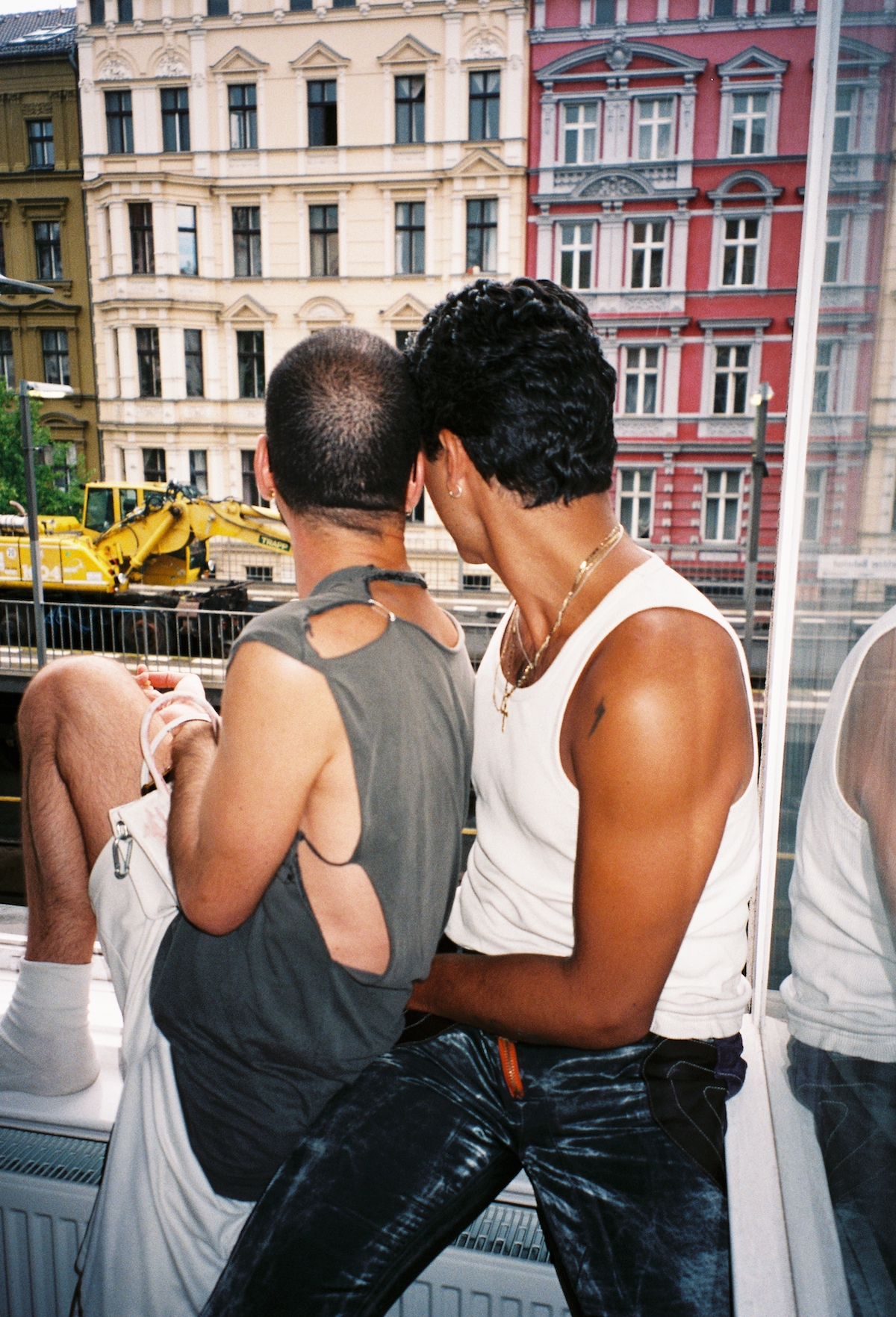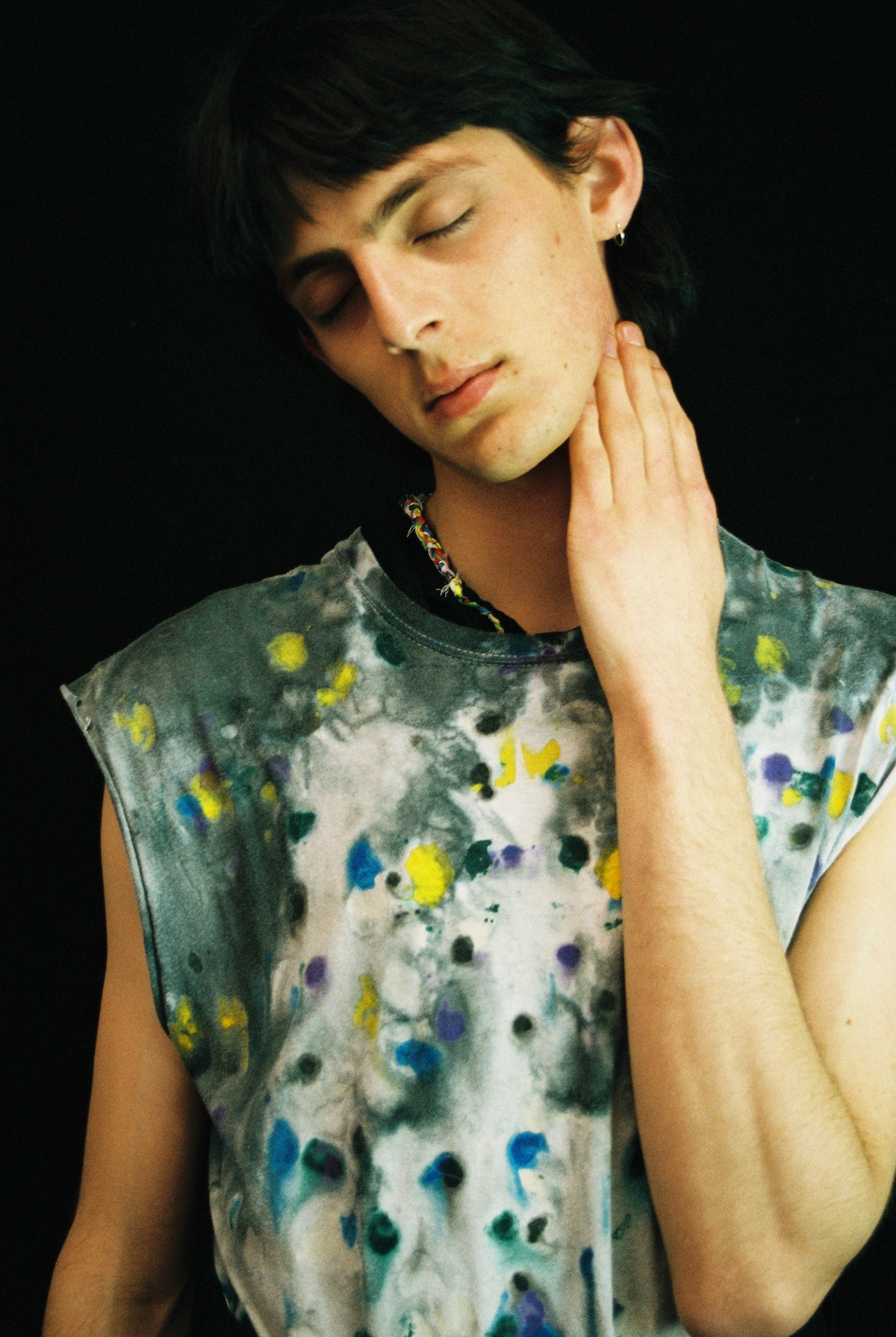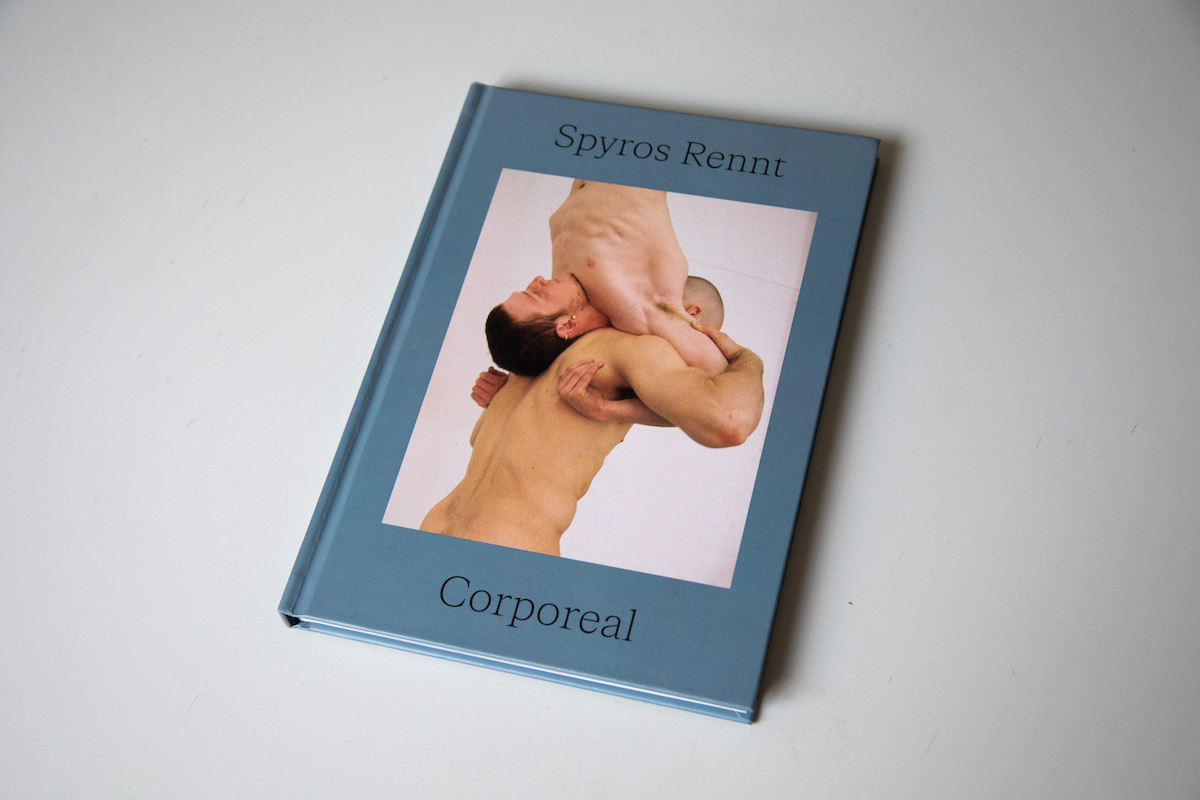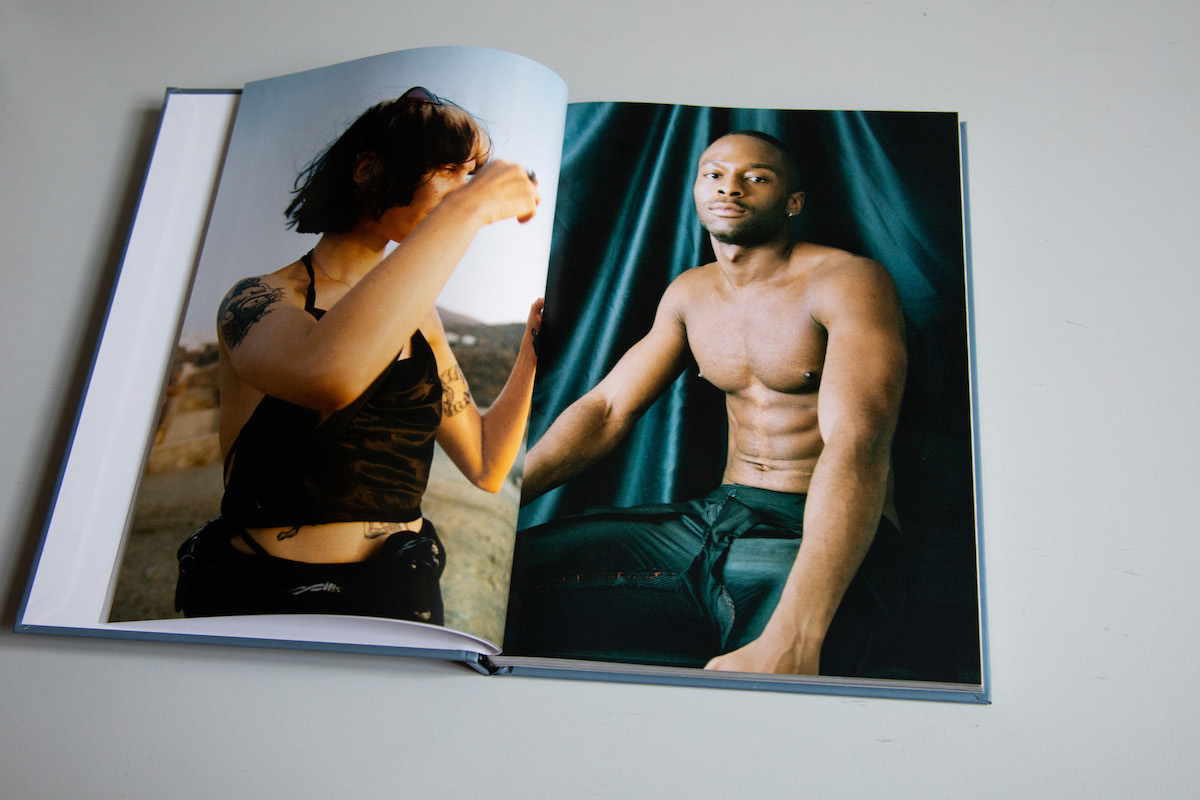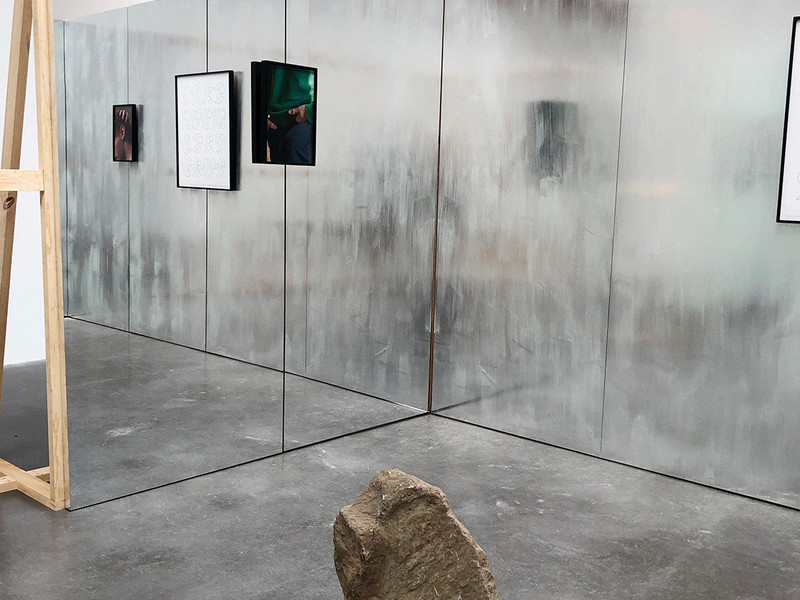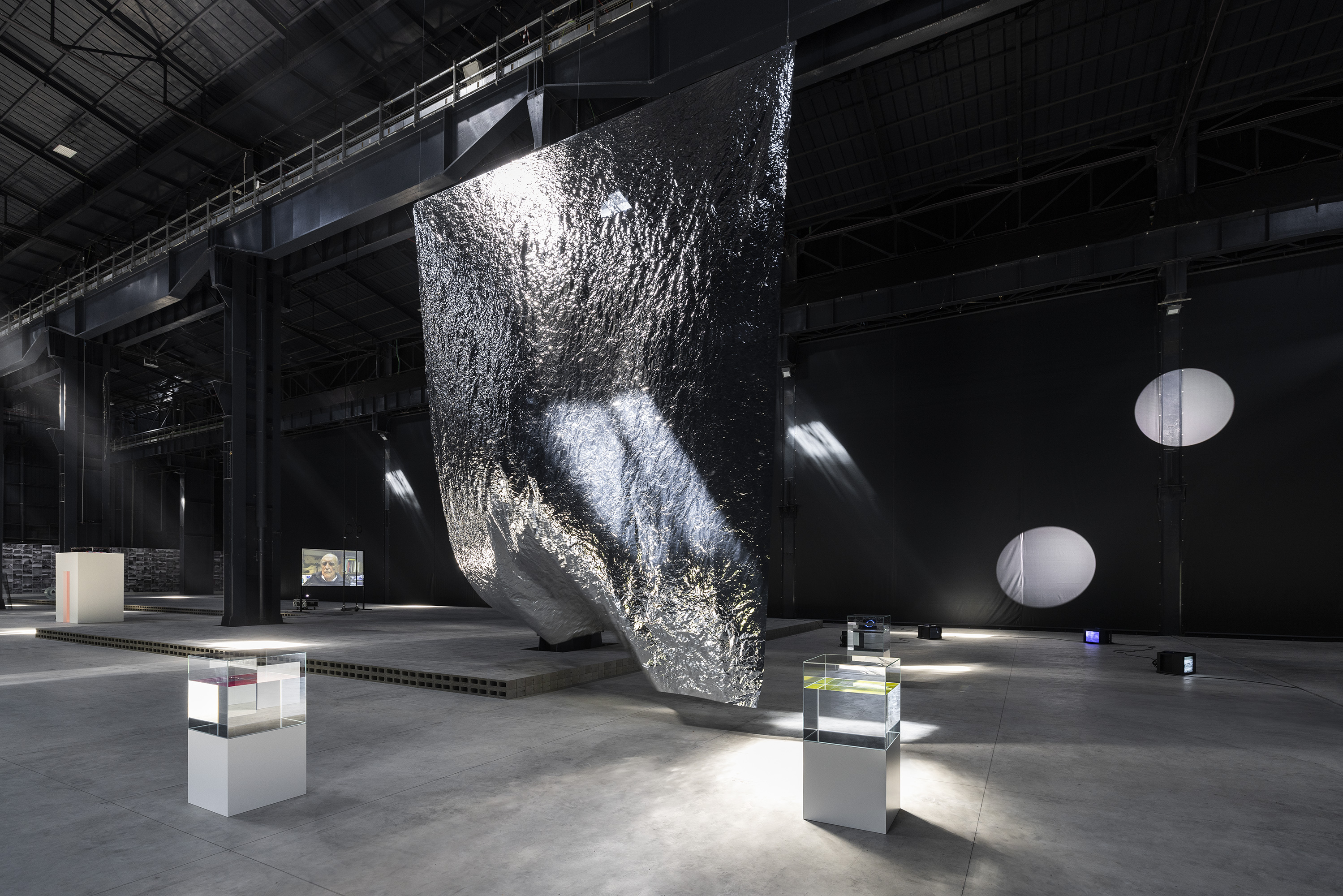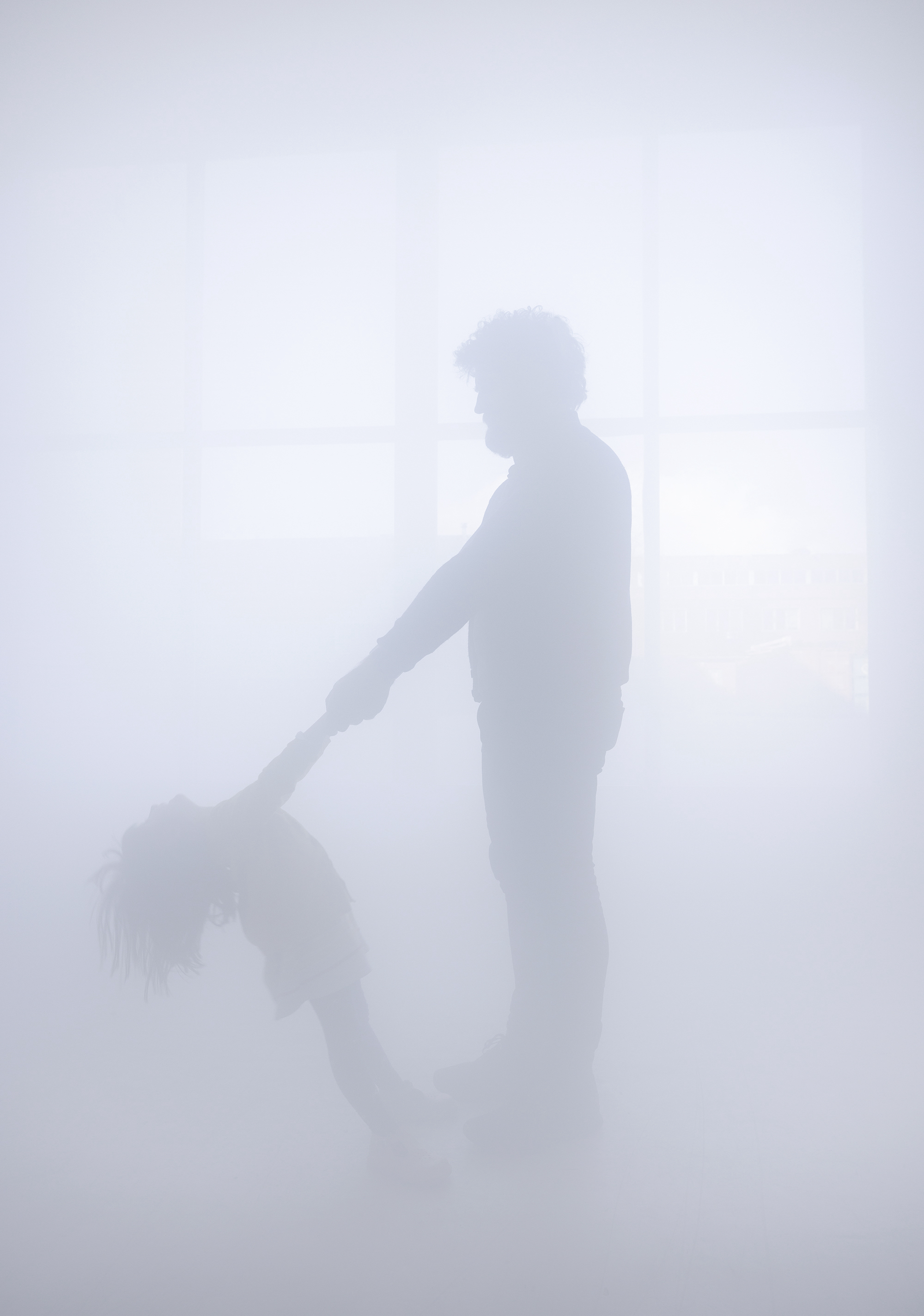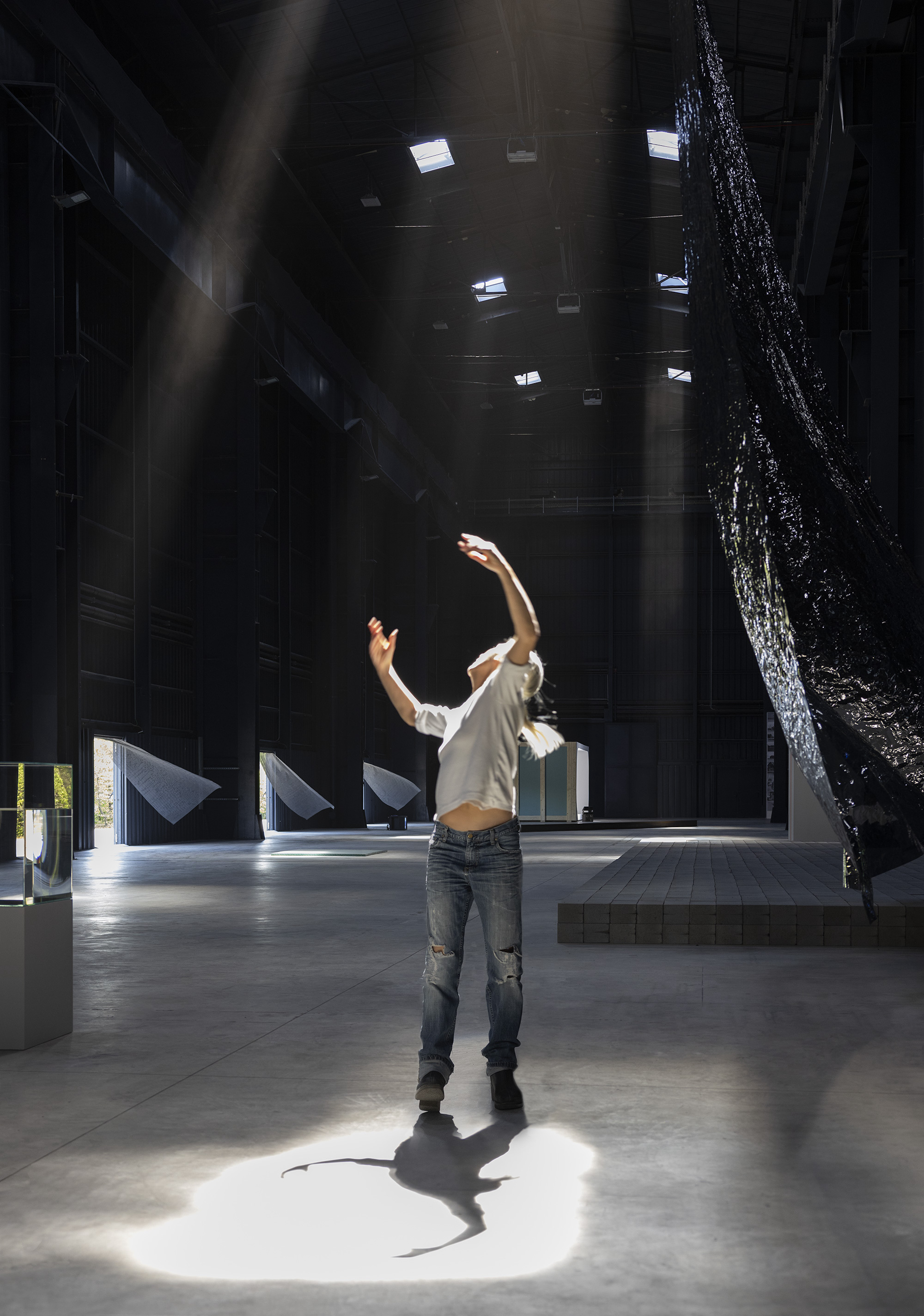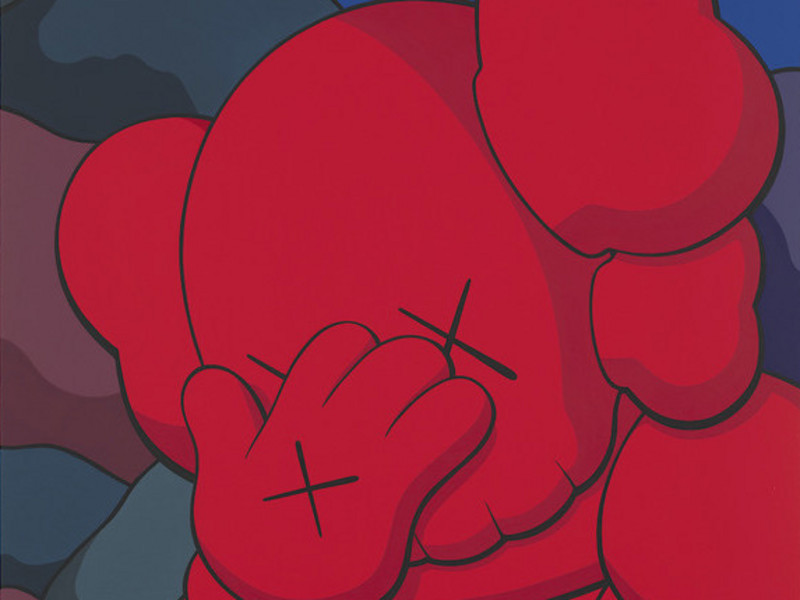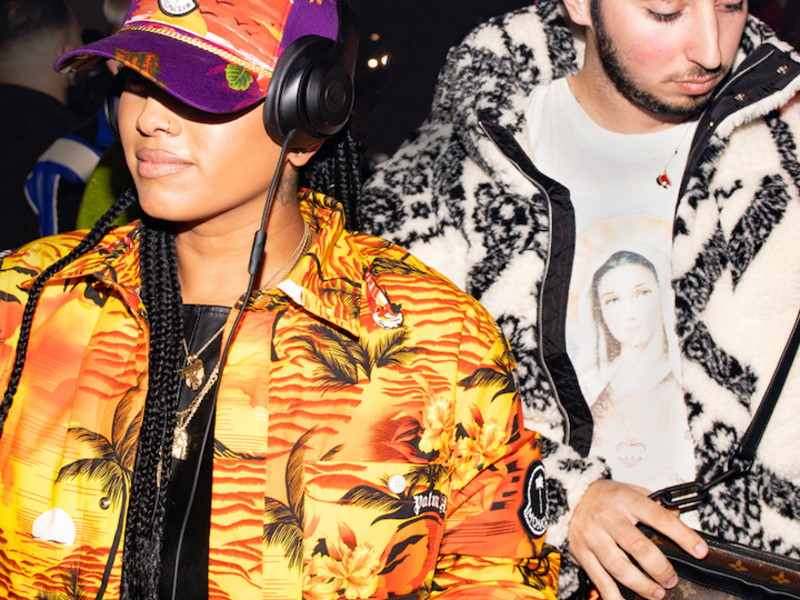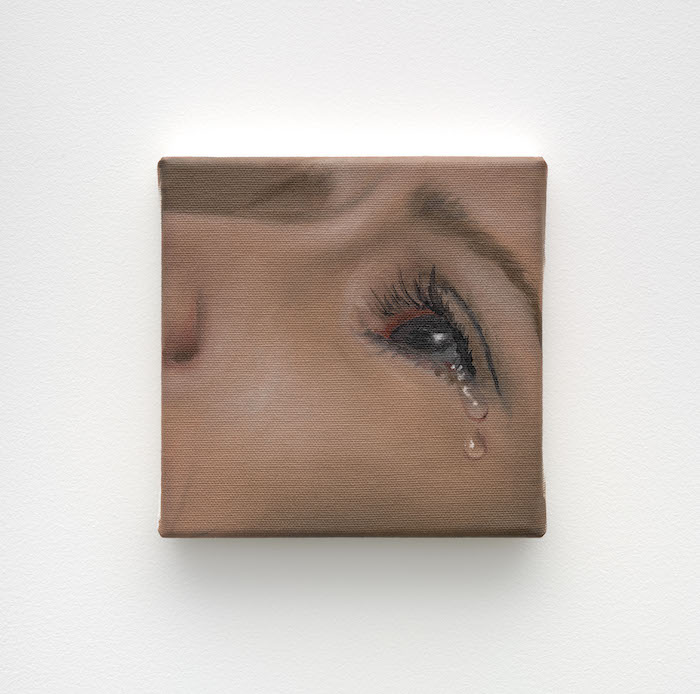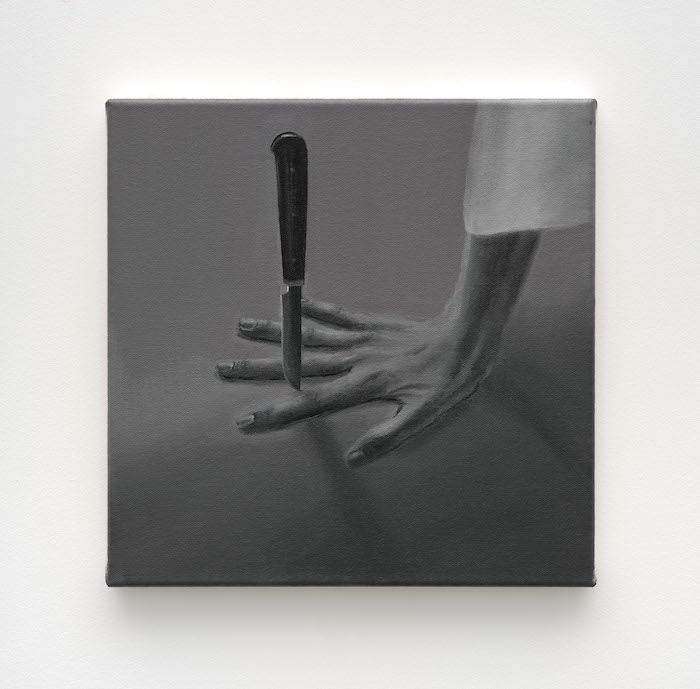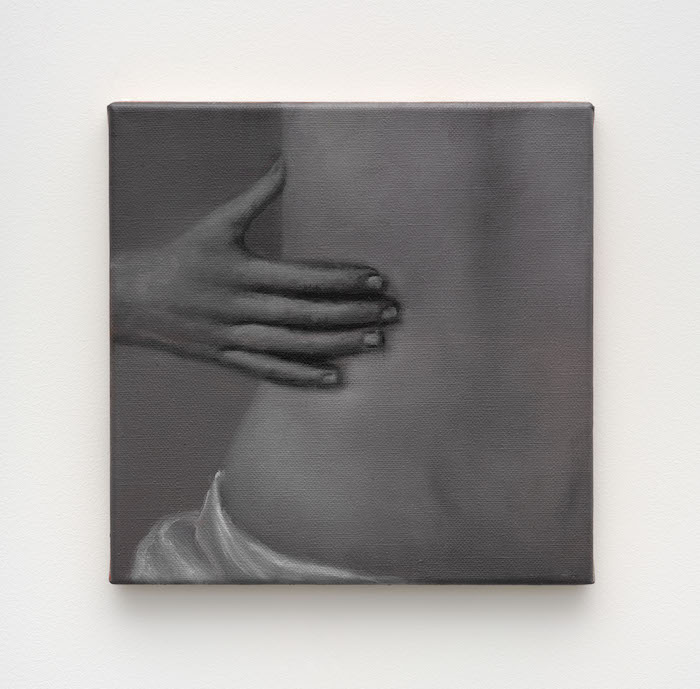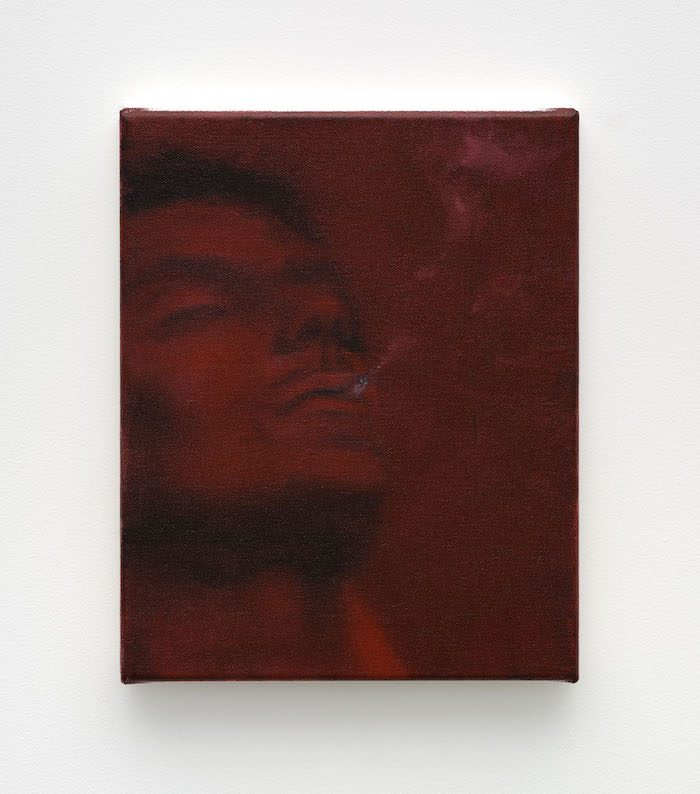In light of his latest release, office sat down with Rennt to unravel the magic behind his photography, book-making process, and presenting his work uncensored.
Corporeal is your third self-published book. What about this book makes it your “most comprehensive work to date”?
To be blunt, I think that I'm a better photographer and book editor than I was when I made my first book in 2018 or my second one in 2020. When I made Another Excess five years ago, I was hardly shooting for a couple years; the book does have a great energy and it really pushed my career forward, but there is also a certain naivete to it. I tried keeping the sexy energy, but there's also an undeniable maturity to Corporeal, which came with me being more experienced. It's also been three years since Lust Surrender, my second book from 2020, so I had a bigger archive of images to select from.
It’s also your first book with a hardcover. What prompted this decision? And does the physical presentation of the book contribute to the storytelling in any way?
This is clearly an aesthetic choice about how to present the book, but from my experience it tends to be what a buyer is looking for when they are purchasing a photography book for their collection. I knew I wanted a hard cover when I started working on the book; I think it's also a nice expression of my evolution as a bookmaker.
If your photos create a new realm, what emotions inhabit it?
Warmth, closeness, desire, intimacy and freedom of expression.
One of the unique aspects of Corporeal is that it presents the experiences and observations of different communities from an insider's perspective. Do you purposely record people in communities you consider yourself a part of?
It's what I've been doing since I became serious about my photography practice back in 2017: I started documenting the scenes that I was a part of because this is what felt the most natural to me, it's what I had access to — but also I genuinely think that the situations and the faces that I am documenting deserve to be archived and preserved for future generations.
How many different cities does the book take us through?
The two main staples are Berlin and Athens: the place that I call home since 2011 and my hometown, where I still spend a good part of my time. It's not just these two cities. As someone who documents his own life to a great extent, my camera follows me wherever I go and I do travel a lot. Off the top of my head, the book also contains images shot in Paris, Milan, Barcelona and of course a number of greek islands. But Berlin comes first, followed by Athens.
Are there any moments recorded in the book that stand out to you?
I wouldn't call them moments exactly, it's more of an era: there's a good number of images taken around the summer of 2020 when clubs were closed due to covid but we were all partying in houses. There was a certain rawness to the images created in that time and I'm quite pleased with how they have been integrated throughout the book.
Does social media influence your photography in any way?
It does in the sense that when I'm shooting a person, I'll shoot them the way I like but I'll also create some content that's more social media friendly, which is basically a big reason why I do publications: to share the uncensored version of my work; to be in control of how the story will be narrated.
What’s next for you? Are you working on your next book already?
Corporeal has just been introduced to the world — it's always a journey when I do a new book and we're still at the start, so I'm mostly working on promoting the new material, planning the launches, possibly some exhibitions. I do have in mind a new publication for 2024, a more specific project, but this lives very much deep in my head still — my main focus is Corporeal at this point.
